Powdered pastels have long been a popular choice for weathering locomotives, freight cars, and buildings. Several firms offer ready-to-use weathering powders, or you can make your own by scraping pastel sticks with a hobby knife.
I started work on this N scale Micro-Trains boxcar by spraying the entire car with Model Master Lusterless Flat. The flat finish gives the pastels some tooth to bind into.
After the flat finished dried, I began applying MIG Productions Cargo Dust to the weld seams. My hands aren’t steady enough to apply the pigment in a straight line, so I used Post-it notes to mask the seams, 1.
When I removed the masks, I found that the pastels made the weld seams look too thick. I corrected this by wiping off some of the pastels with a damp cotton swab, 2. I pulled the cotton swab straight down from top to bottom until the streak was more subtle. After I finished all of the weld seams, I sprayed the car with another coat of Lusterless Flat.
To simulated faded lettering, I used a Microbrush to apply PanPastel Titanium White artist’s pastels to the bottom of the Burlington lettering. Then, using a Sofft flat sponge bar applicator, I pulled the pastels straight down so the lettering looked chalked and streaked, 3.
I weathered the truck springs with PanPastel Burnt Sienna, 4. I then used the same firm’s Raw Umber and a Sofft applicator to weather the car roof and ends.
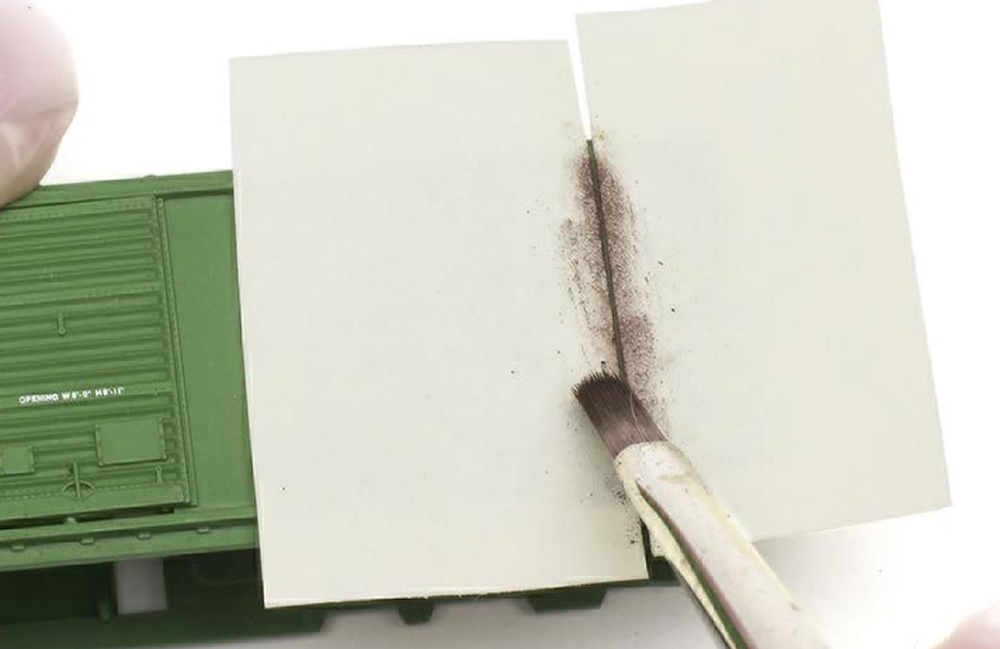
1. To accentuate the weld seams, Cody Grivno masked them with Post-it notes and applied MIG Productions Cargo Dust pigment with a brush.
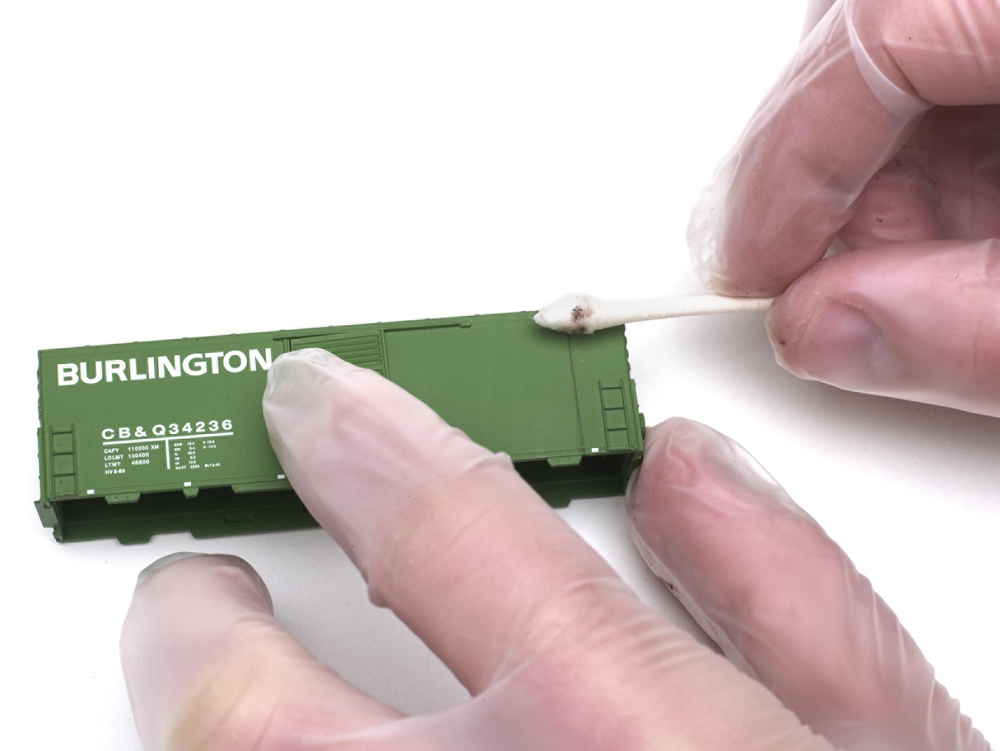
2. Cody thought the pigments made the weld seams look too thick, so he removed most of the pigment with a damp cotton swab.
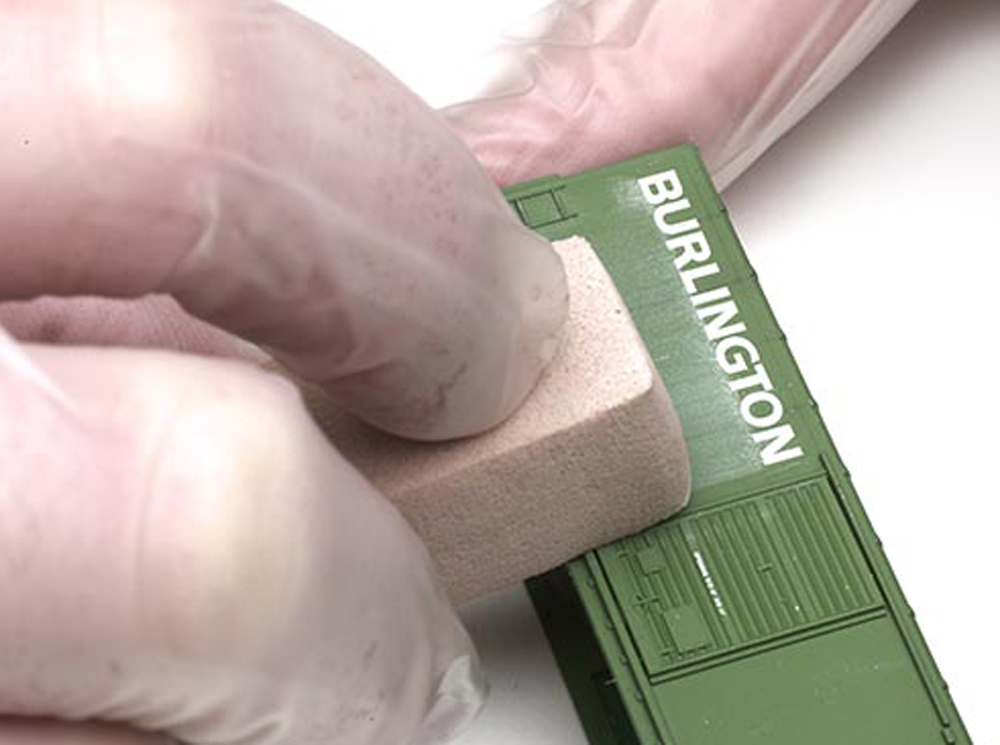
3. Pastels and a foam sponge make it easy to fade lettering.
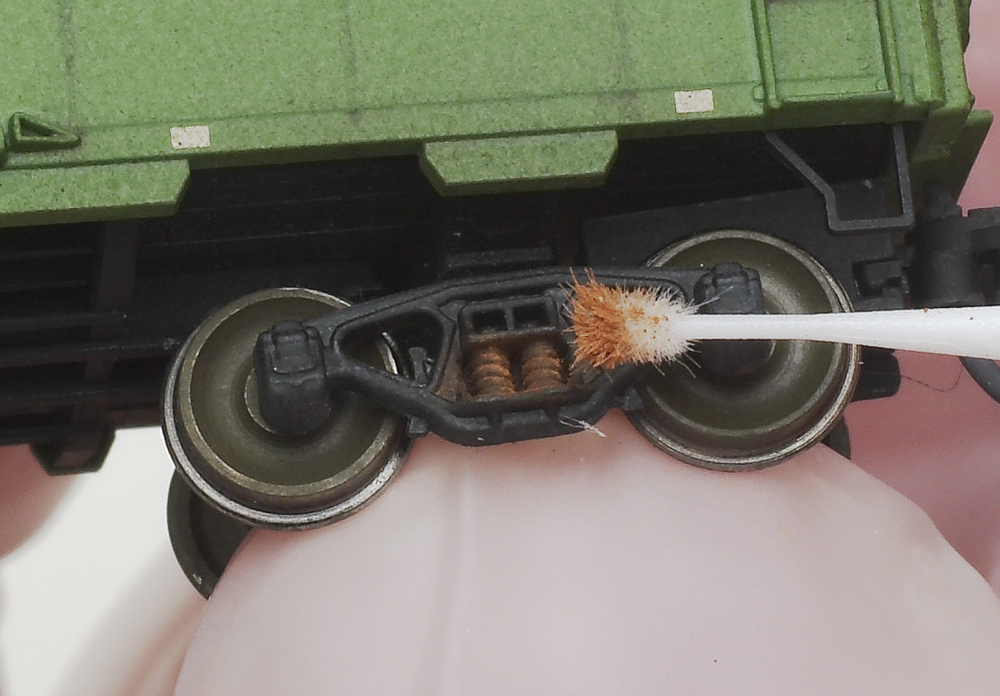
4. Cody highlighted the truck springs with Burnt Sienna pastels.






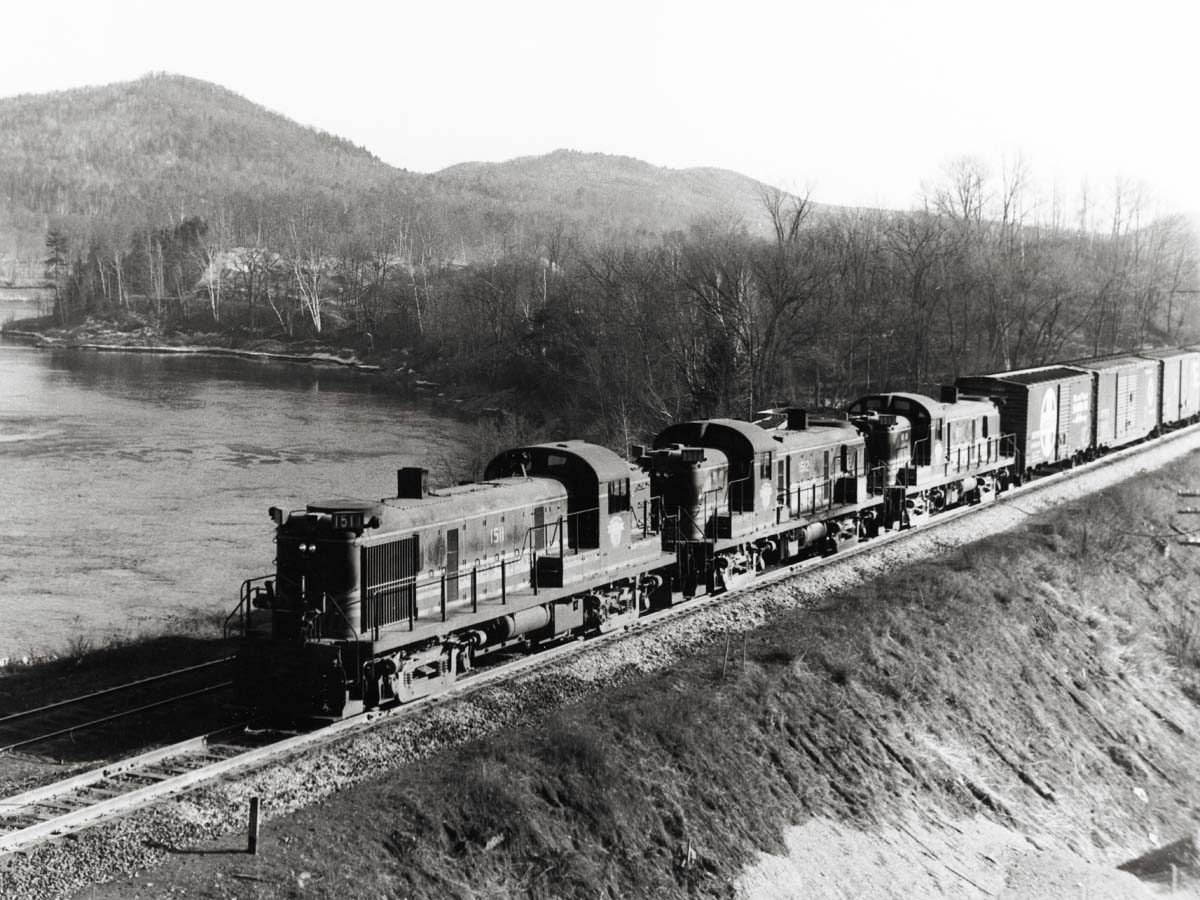
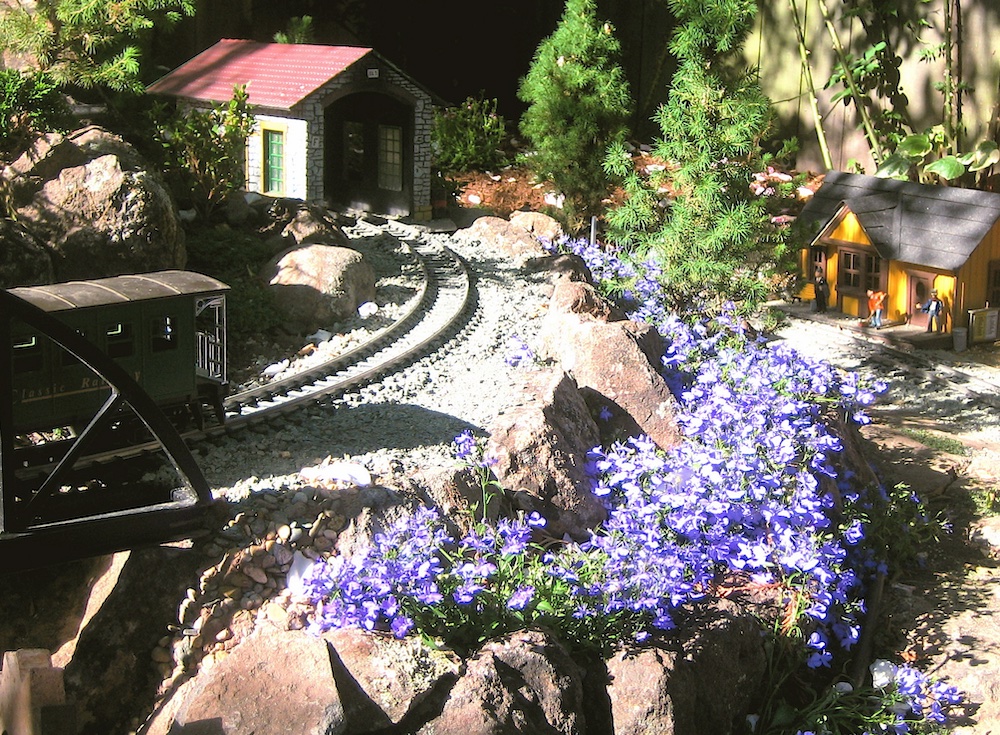
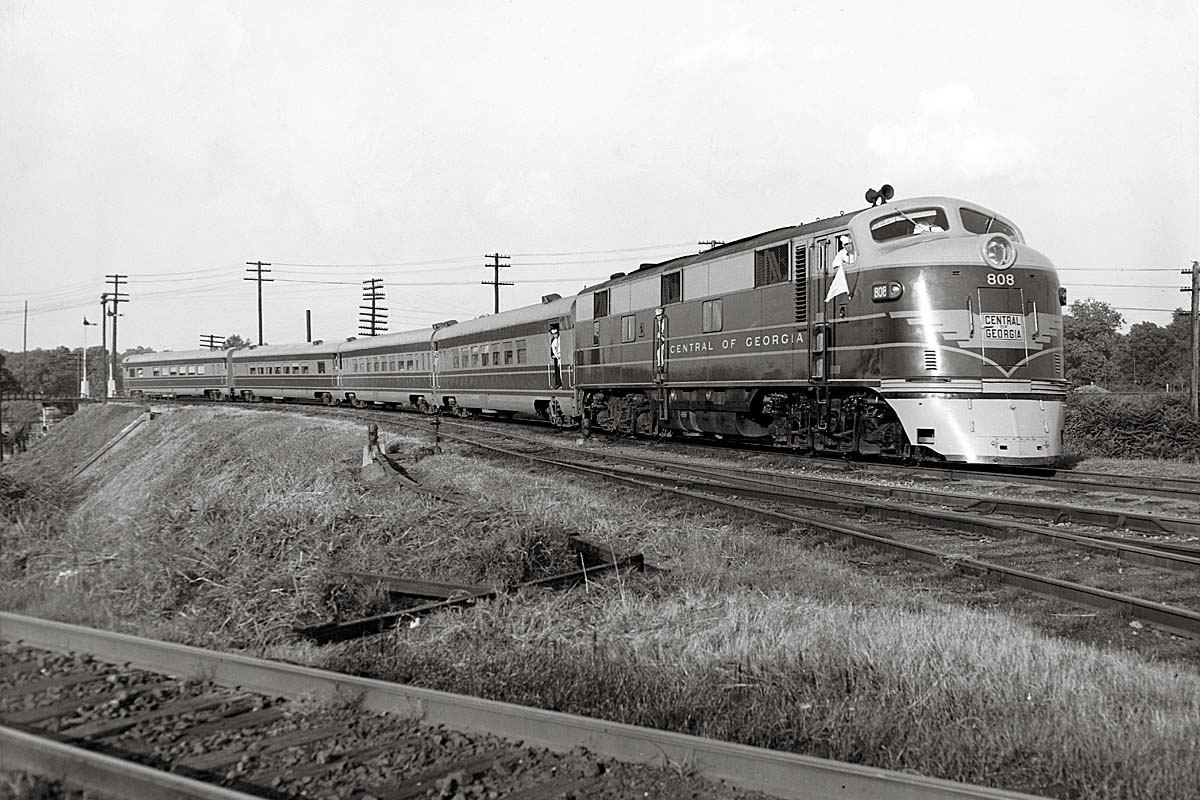





How about showing us the a photograph of the completed car once the weathering was completed?
Thanks.